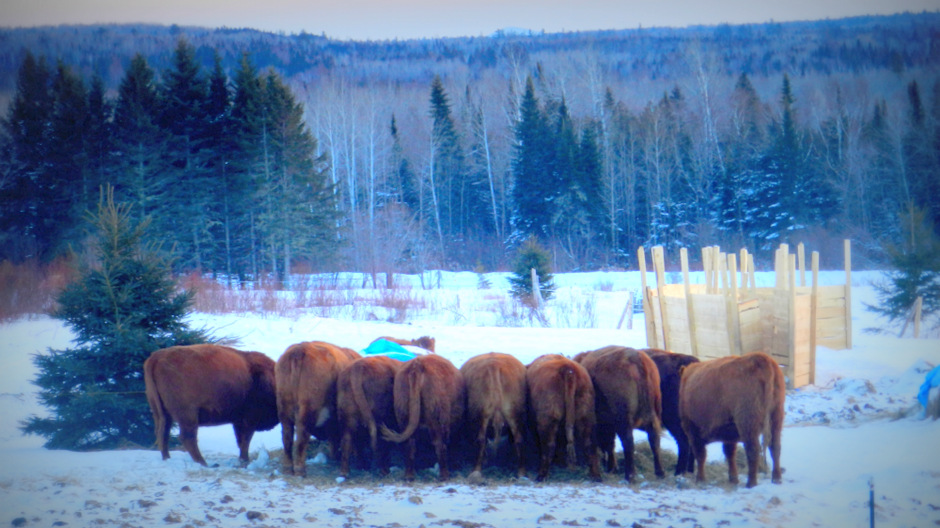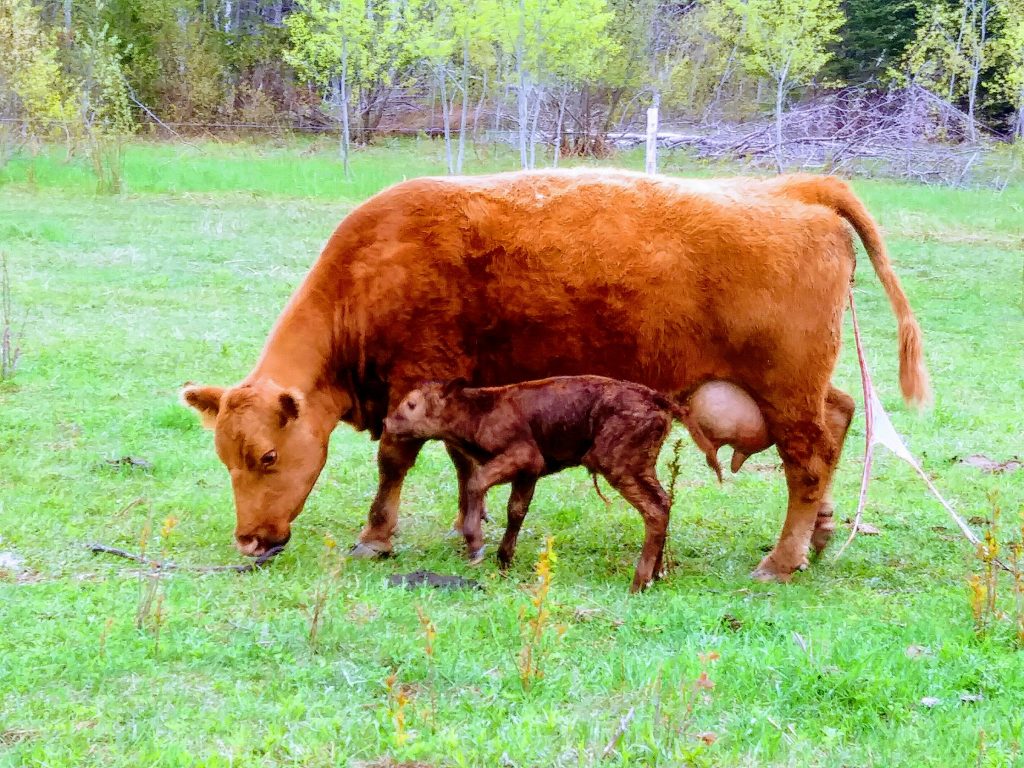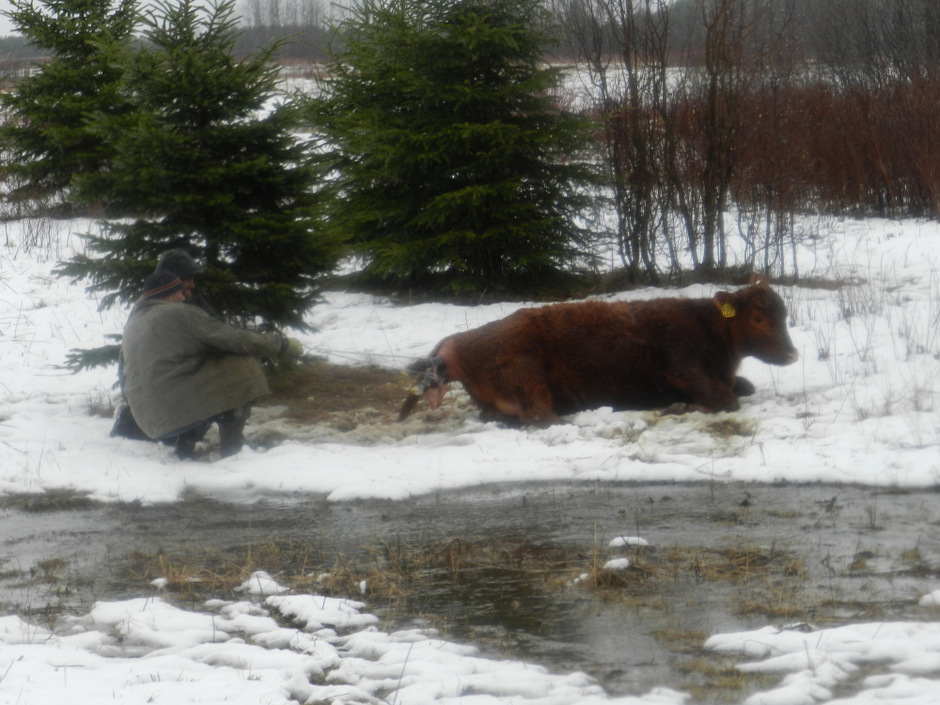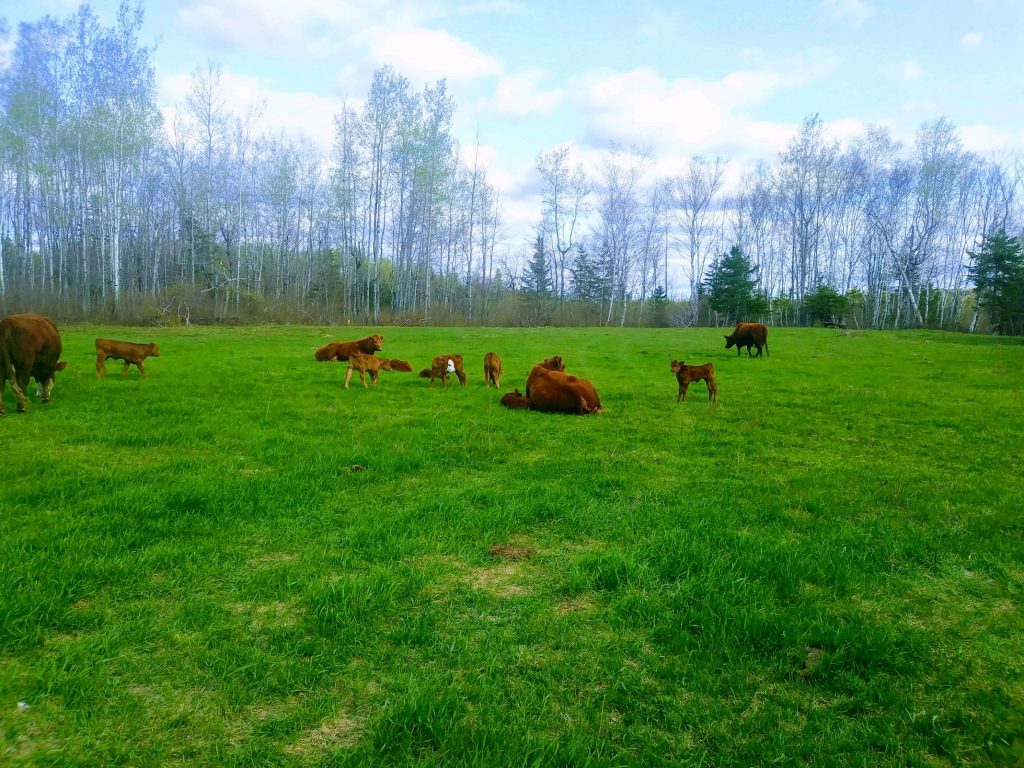
We had lofty dreams when first starting our beef cattle herd, six years ago. Our goal was (and still is, eventually) to grow from 10-head to 100-head of beef cows. Well, we have certainly had growth but we are far from that 100-head goal. There are less cows on the farm right now than we had two years ago. The necessity – the NEED – for culling within the herd has slowed down our growth. But, culling has also improved our cattle herd. The fast track to growth, just for the sake of growth, was not a reality for us. As I have discussed in our last post, we HAD to put emotions aside, and make some serious decisions regarding culling these past years. This has affected our growth. Also, access to additional grazing land has drastically limited our abilities to really grow our herd but that’s for another post.
What do I mean by culling?
Simply put, culling means removing cattle from your herd that no longer meet the requirements to stay in the herd. Whatever those requirements are for your operation. Every operation is unique.
Why is it important to cull?
We feel that culling is an important and necessary component to any cattle operation. Having a solid foundation of cows that really epitomize what you want in your cattle herd, will most likely require culling along the way. Odds are, there will be cows that no longer meet the goals of your operation. By removing these animals from your herd, you will be able to narrow your focus to breeding the cows that have the bloodlines and genetics that work for YOUR operation.
Here are OUR reasons for culling within our cattle herd:
- Open cow. A cow that tests not pregnant during pregnancy checks or does not deliver a calf come calving season, is immediately culled.
- Stillborn calf. A cow that delivers a stillborn calf is culled from the herd. We have only had this happen once, over six calving seasons.
- Sickly, newborn calf. A cow that delivers a weak, sickly calf (and despite attempts by us to save, does not thrive and dies), is culled from the herd. We have had this happen two times.
- Disrespects the fences. A cow that does not respect our fences, is culled from the herd.
- Size. Some farmers look for big-framed cows, others prefer medium-framed cows and others yet, may not have a size preference. We have had interested buyers comment on a certain cow, saying that she was definitely not a good pick. When in reality, that cow (which was not for sale anyways) was and still is one of our top-performing cows on the farm. Top-performing according to what we consider to be top-performing. We look for a medium-framed cow. Our buyers wanted a big-framed cow. As I mentioned in a past post, we have some big-framed cows on our farm. The first two years of our operation were focused on growing and purchasing cows with good genetics. As such, we added some cows to our herd that were bigger than we would have liked but had good genetics and bloodlines. Those mamas have gone on to deliver and perform for us, year after year. The calves they produce each spring bring us enough of a profit to justify feeding for their larger frames. That being said, this fall, we did trade one of our larger cows, with her calf, for some winter hay (see picture below). Our buyer wanted a bigger cow. We needed hay, and we really would like to start narrowing down our herd to medium-framed cows. So, the trade worked out well. Both parties satisfied.

Other Reasons for Culling
- Is not calving ease. So, we have not had to cull for this reason. We have had first-calf heifers that have needed assistance with their deliveries (e.g., pulled the calf), but that is not uncommon for first-time mothers. Those cows went on to have uneventful, future deliveries. But, if we were ever to have a cow that needed a calf pulled two years in a row, that cow would be culled from the herd.

- Aggression. We really have been fortunate to have mild-mannered cattle. In certain situations, especially during calving and afterwards, we definitely see a shift in personality in our cows. That is normal, though. They have hormones flowing through their bodies and their protective instincts are in HIGH gear. This is short-lived, though. When I talk about culling animals due to aggression, I am talking about animals that charge you when you enter their pasture. Unprovoked, for no reason other than they are bad-mannered, wild cows. We have no place for that on our farm. Fortunately, we have never had to deal with that kind of behavior and hope to never have to. We are very selective in bringing new cattle into our herd. Also, we are selective in which heifers we retain within our herd. While, we have never culled for aggression purposes, we have culled heifers for being too skittish. In fact, we recently sold two yearling heifers that were just a bit too-high strung, both in the pasture and in the cattle handling facility. We could see the writing on the wall with them, and sent them down the road.
Take Home Point
Culling is an important and necessary component in herd management. Give this serious consideration. Don’t be afraid to sacrifice growth for herd quality. Growing just for the sake of growing and not culling those bad weeds out of the herd, may not be the best approach to managing your herd. But, as we always say, each operation is unique. This is what WE do. Find what works for YOU.
Thanks for reading!

